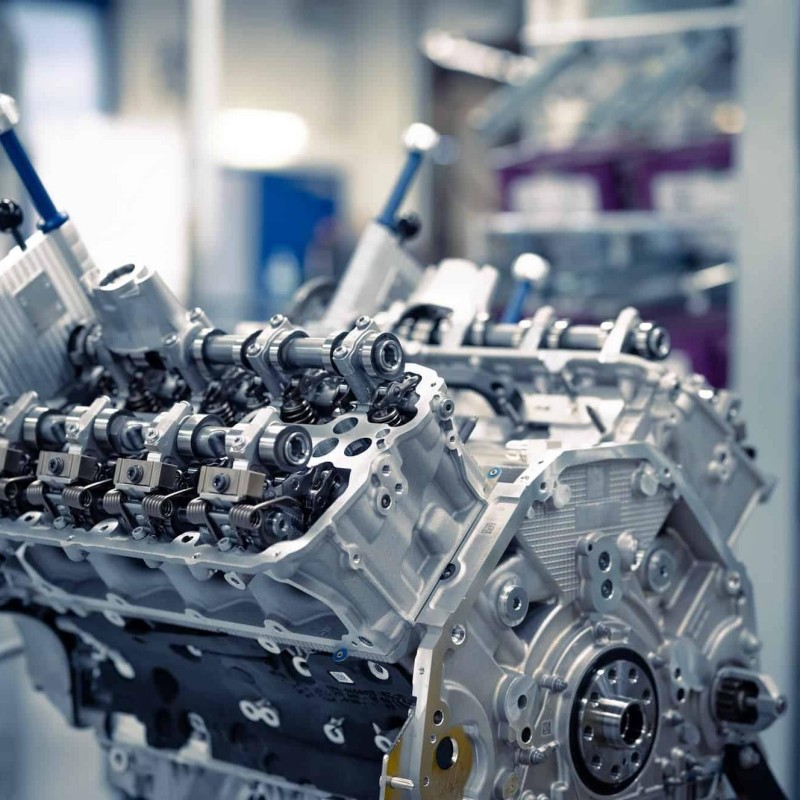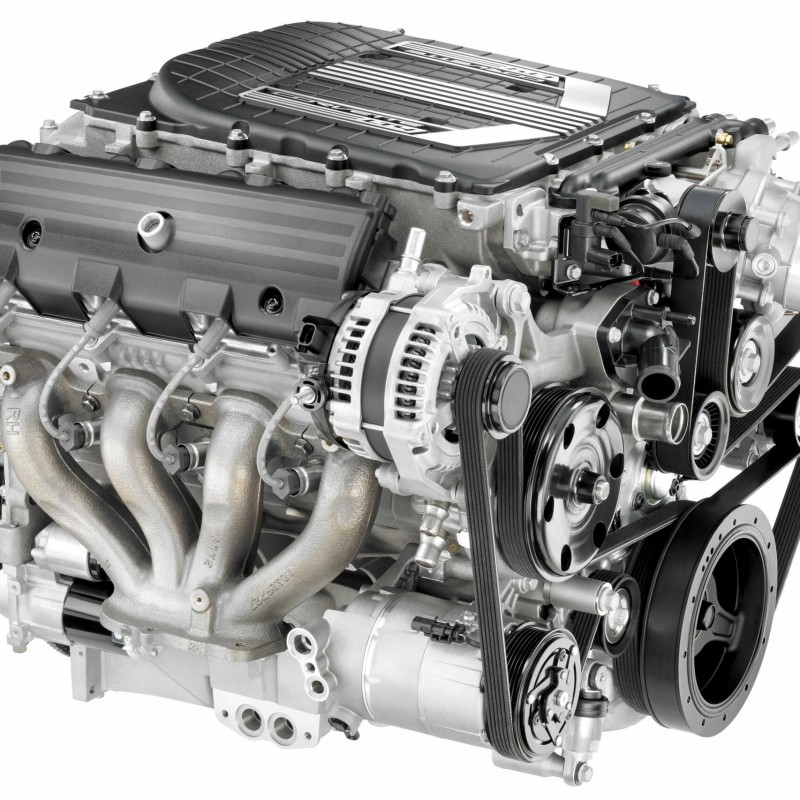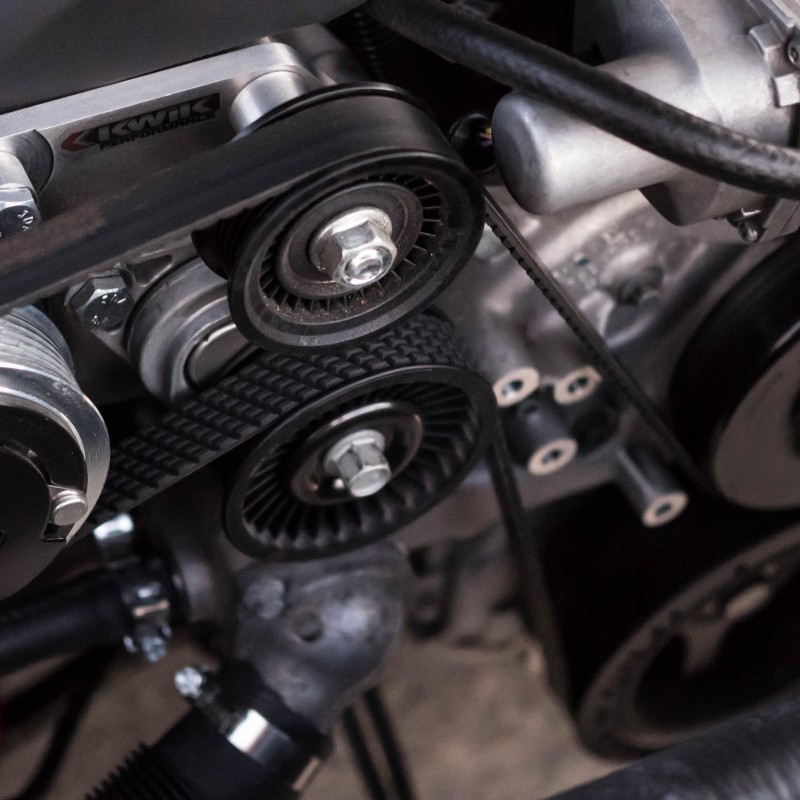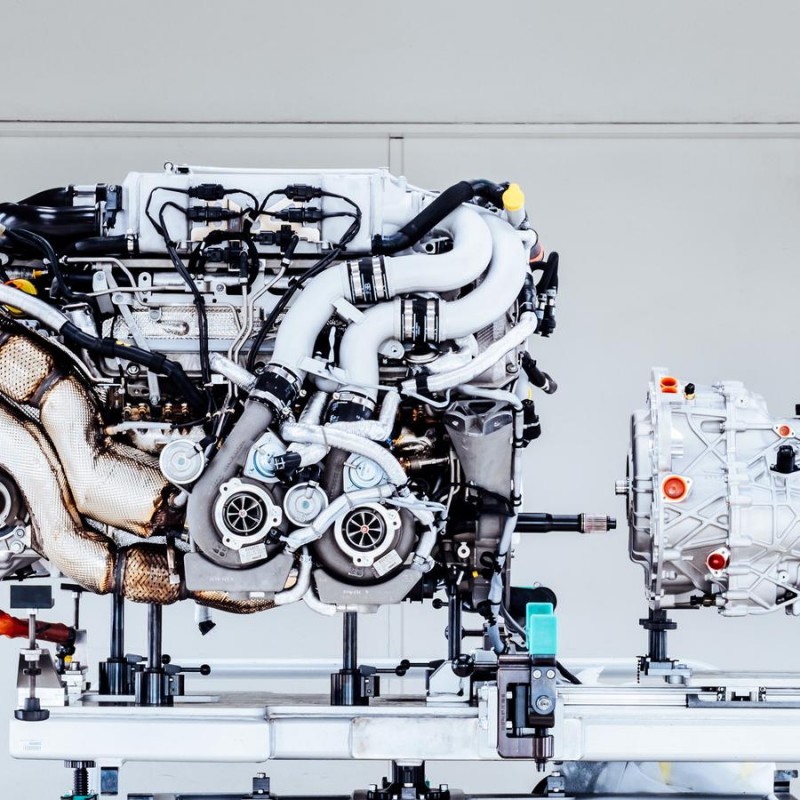Replacing an engine block is a significant undertaking for any vehicle owner, whether you’re an automotive enthusiast or simply rely on your car for daily transportation. The engine block, as the core component of the engine, houses critical parts such as the cylinders, oil passages, and coolant channels. Over time, wear and tear, overheating, or physical damage may compromise the integrity of the engine block. When this happens, engine block replacement may be the most viable solution to restore function and performance. Understanding the process, the reasons for replacement, associated costs, and the signs indicating it’s time for a new engine block can help you make informed decisions about this critical aspect of your vehicle’s maintenance and repair. In this comprehensive guide, we will explore everything you need to know about engine block replacement.
The Role of the Engine Block in a Vehicle
To grasp the importance of engine block replacement, we must first understand the role that the engine block plays within a vehicle.
Core Functionality
The engine block is the main structure that forms the engine’s framework. It contains cylinders where fuel and air mix with the help of pistons. As these pistons move, they create the power necessary for fuel combustion, allowing your vehicle to operate smoothly. The block also integrates passages for oil and coolant, vital for maintaining optimal temperature and lubrication to prevent engine wear.
Types of Engine Blocks
Various types of engine blocks exist, each serving different engine configurations:
- Inline Engine Blocks: These blocks house cylinders arranged in a straight line, appealing for their simplicity and effectiveness.
- V-Type Engine Blocks: These blocks feature cylinders arranged in a V-shape, providing a more compact design often used in higher-performance engines.
- Flat or Boxer Engine Blocks: Unique in their horizontal cylinder layout, flat engine blocks provide a lower center of gravity, improving stability.
Understanding these types can enhance your knowledge of engine design and construction, but it’s essential to find out why and when an engine block may require replacement.
Common Reasons for Engine Block Replacement
Recognizing the signs that indicate you need an engine block replacement can save you from more extensive engine damage and costly repairs.
Overheating
One of the leading causes of engine block failure is overheating. Excessive temperatures can warp or crack the engine block, compromising its structural integrity. Factors contributing to overheating may include:
- Low coolant levels
- Malfunctioning water pumps
- Broken thermostats
If the engine reaches critical temperature thresholds, you may need to replace the engine block altogether.
Cracks and Damage
Physical damage from accidents, manufacturing defects, or corrosive elements can lead to cracks in the engine block. Such damage can result in coolant leaks or loss of compression, ultimately affecting engine performance. Regularly inspecting the engine block can help identify issues before they escalate.
Oil Leaks
Oil leaks often create significant problems. If the engine block develops cracks, oil may escape the intended pathways, leading to contamination of other engine components. Continuous oil loss can cause inadequate lubrication, resulting in further engine damage.
Wear and Tear
Engines experience inevitable wear and tear over time. Older engines, especially those with accumulated mileage, may require engine block replacement due to general degradation. Regular maintenance and checks can help you keep track of wear patterns.
Signs That Indicate It’s Time for Engine Block Replacement
Identifying the warning signs that suggest you need an engine block replacement is crucial for maintaining your vehicle’s health.
Warning Lights on the Dashboard
Many modern vehicles have advanced diagnostic systems that illuminate warning lights when issues arise. Check for engine lights or temperature warning indicators, as these can imply significant problems with your engine block.
Decreased Performance
If you notice a decrease in acceleration or overall engine performance, it could be a sign of impending engine block failure. A degraded engine block can cause issues with power delivery and responsiveness.
Unusual Noises
Unusual noises emanating from the engine compartment, such as knocking or tapping, often indicate mechanical problems. If these sounds arise in conjunction with fluid leaks or performance issues, consider an engine block inspection.
Fluid Loss
Monitor your vehicle’s oil, coolant, and other fluids regularly. If you experience sudden drops in either fluid, it’s essential to investigate the source. Coolant contamination with oil could point to cracks in the engine block.
The Engine Block Replacement Process
If you’ve determined that engine block replacement is necessary, understanding the steps involved can help you manage expectations and plan accordingly.

Preparing for Engine Block Replacement
Before beginning the replacement process, ensure you have a proper workspace and tools. You’ll need:
- A suitable lift or jack to support the vehicle
- Hand tools like wrenches, screwdrivers, and pliers
- New gaskets and seals for reassembly
- Replacement engine block
Additionally, consider consulting the vehicle’s service manual for specific guidelines related to your make and model.
Disassembling the Engine
- Remove the Battery: To ensure safety during the process, disconnect the negative battery terminal.
- Drain Fluids: Drain the oil and coolant to prevent spills during disassembly.
- Disconnect Components: Begin disconnecting various components, including:
- Fuel lines
- Electrical connectors
- Throttle body and intake manifold
- Any attached accessories, such as alternators and starters
- Detach the Cylinder Head: Remove the cylinder head to access the engine block. Make sure to keep track of all bolts and components during disassembly.
- Extract the Old Engine Block: Carefully detach the engine block from the transmission and any remaining connections. Employ a hoist if necessary to support the weight.
Installing the New Engine Block
- Clean and Prepare: Clean the mounting surfaces of the new engine block and inspect for any necessary adjustments.
- Install Gaskets: Place new gaskets and seals as required for the engine assembly.
- Reattach Components: Connect the new engine block to the transmission and reattach any hoses, wires, and components you previously disconnected.
- Conduct System Checks: Before completing assembly, double-check all connections, ensure there are no leaks, and verify the integrity of bolts.
Final Steps and Testing
- Refill Fluids: Refill the engine with oil and coolant for optimal function.
- Reconnect the Battery: Reconnect the battery terminal and ensure everything is functioning properly.
- Start the Engine: Initially crank the engine and monitor for smooth operation. Check for any unusual noises or leaks during this phase.
- Road Test: After a successful start-up, take the vehicle for a short test drive. Monitor engine performance closely for any signs of malfunction.
Cost Considerations for Engine Block Replacement
Replacing an engine block can represent a substantial financial commitment. Understanding the cost factors involved prepares you for this investment.
Labor Costs
Engine block replacement requires an extensive amount of labor, particularly if performed by a certified technician. Labor costs can vary widely based on your location, shop rates, and the complexity of the installation, with many technicians charging between 100and150 per hour.
Parts and Components
The price of a new engine block can vary depending on your vehicle’s make and model. Replacement engine blocks range from 1,500toupwardsof5,000, depending on factors such as condition (new, remanufactured, or used) and availability.
Additional Expenses
In addition to the engine block itself and labor costs, you should also consider potential additional expenses that may arise during the replacement process, such as:
- Gaskets and seals
- Fluids (oil, coolant, etc.)
- Replacement parts for any damaged components
Preventative Measures and Maintenance
Though your vehicle may require engine block replacement, performing regular maintenance and preventative measures can prolong the life of the engine and components involved.
Regular Oil Changes
Ensure that you change your engine oil regularly. Clean oil lubricates essential engine parts, preventing excessive wear and ensuring proper engine functioning.
Monitor Engine Temperature
Keep a watchful eye on engine temperatures and coolant levels. Using a temperature gauge can help you identify potential overheating issues before they escalate.
Conduct Regular Inspections
Periodically inspect belts, hoses, and connections associated with the engine. Identifying wear and tear early can save you from more extensive repairs down the road.
Address Issues Promptly
If you notice any signs of engine trouble, such as unusual noises, fluid leaks, or warning lights, address these problems immediately. Ignoring early signs of trouble may lead to more significant damage, necessitating engine block replacement.

Conclusion
Understanding engine block replacement equips you with knowledge that can significantly affect your vehicle’s performance and longevity. The engine block plays a vital role in your vehicle’s operation, and when issues arise, the decision to replace it can be daunting but necessary.
By recognizing the signs that indicate you may need an engine block replacement, understanding the process involved, and maintaining your vehicle properly, you can navigate the complexities of automotive care with confidence. Moreover, being aware of cost factors and preventative measures allows you to manage your vehicle’s health proactively.
Ultimately, staying informed is the key to making sound decisions that not only enhance your vehicle’s reliability but also improve your overall driving experience. Whether you choose to tackle the replacement yourself or enlist the help of professionals, knowing what to expect can ease the process significantly.
Tags: automotive solutions, engine repair, Vehicle Maintenance